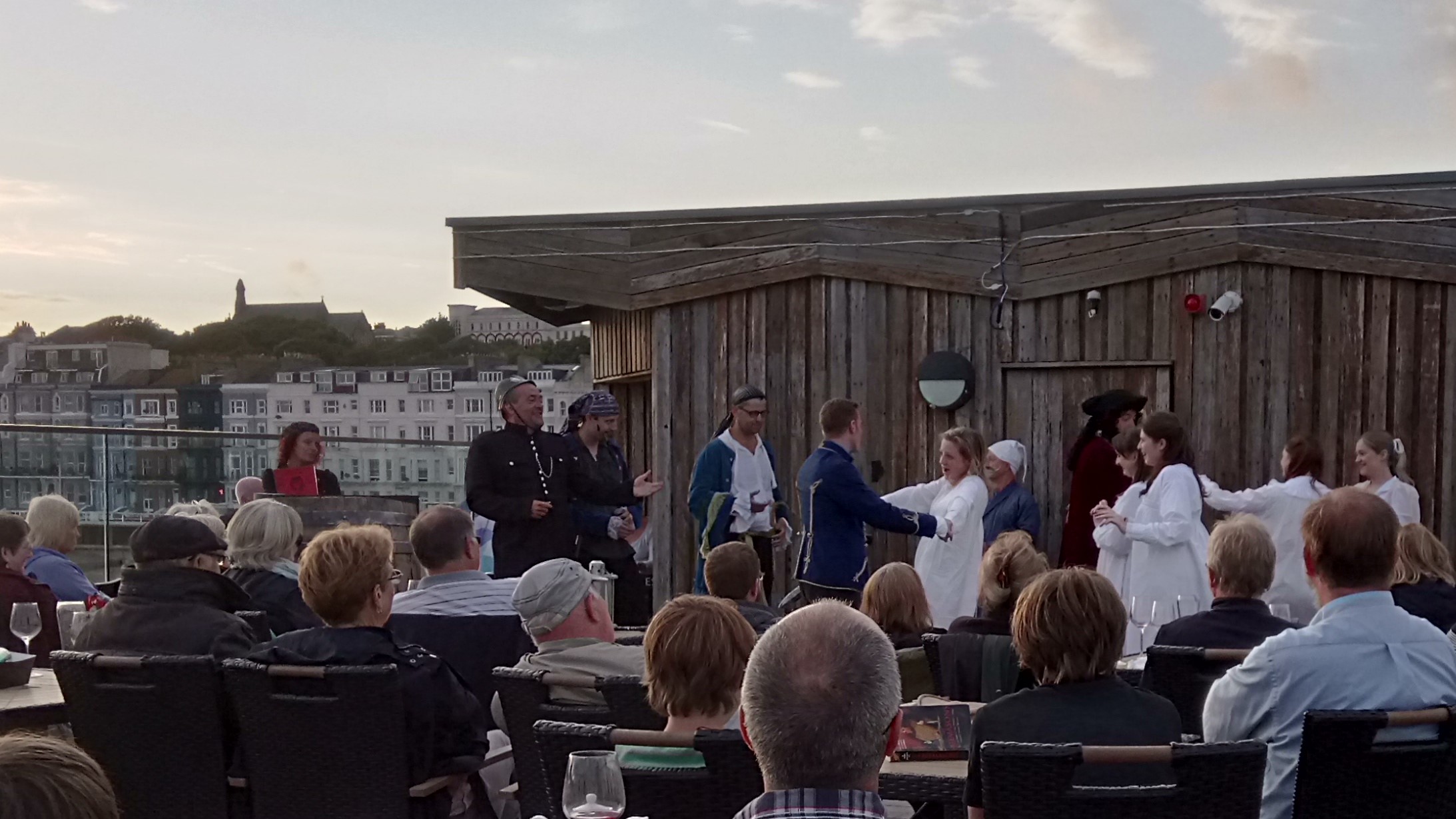Concert Favorites
Raymond Chenault, John-Paul Buzard organ in All Saints Episcopal Church, Atlanta, Georgia
GOTHIC G 49305-06
While very enjoyable, this double CD is not quite what one might expect. The Concert Favorites(sic) are those of the organist not necessarily the audience. As such this is a lively and often challenging collection opening with a brisk Toccata by Dutch composer Marius Monnikendam. Pieces by Guilmant and Jongen prove more familiar but there is a pleasing tendency to find modern works which are reflective rather than brash. One such is the fine Rorate Caeli by Jeanne Demessieux, a pupil of Dupre. The first cd concludes with the Salve Regina from Widor’s Second Symphony which allows Raymond Chenault to demonstrate the breadth of the organ’s registration.
The second disc opens with a bright reading of the Sortie en La Majeur by Dubois. The intensity of Langlais Incantation Pour un Jour Saint contrasts with the gentle sensitivity of Dupre’s Lamento. It is worth noting here that the liner notes contain reproductions of a range of works of art which mirror the music – a worthwhile and thoughtful addition.
It is good to hear Cochereau’s Berceuse included before the final ecstatic Allegro Deciso from Dupre’s Evocation Poeme Symphonique. The John-Paul Buzard organ rings well in the generous acoustic which is here recorded to allow the ambience of the building to speak.
A fine solo set and worth seeking out.
Cipriani Potter: Piano Concertos 2 & 4: Variazioni di bravura on a theme of Rossini
Howard Shelley, Tasmanian Symphony Orchestra
HYPERION CDA 68151
When one reads Cipriani Potter’s biography it is surprising that this appears to be the first recordings of these works. His influence on nineteenth century music through the RAM and his own promoted concerts should alone make his name more familiar, and the quality of the works recorded here is surely not in doubt.
The second piano concerto was completed in 1832. While very obviously a romantic work, the influence of Mozart and Beethoven are clear in the structure and clean lines. The delicacy of the Andante con motto is particularly impressive from Howard Shelley. The fourth concerto came three years later and concludes with an idiosyncratic Allegro which exemplifies the composer’s own voice lifting out of the earlier influences.
Cipriani Potter was an admirer of Rossini and the set of six variations are based on an aria from Ermione – the work listeners may have come across as its reuse in Mathilde di Shabran is unlikely to have crossed their paths.
A delight to encounter the works and – given the large range of compositions by Cipriani Potter – let us hope others may be encouraged to explore his oeuvre more closely.
John Sheppard: Media Vita
Westminster Cathedral Choir, Martin Baker
HYPERION CDA 68187
It seems from the liner notes that one of the reasons John Sheppard was overlooked during the Tudor revival was that his dates were effectively unknown and that there was, therefore, nowhere to hang an anniversary! That such glorious scores should remain unknown seems unbelievable once they are encountered. The sensual slow unfolding of Media vita is captivating in its beauty, the polyphony rolling with gentle magnificence within the ample acoustic of All Hallows, Gospel Oak.
The Missa Cantate probably dates from the period of transfer between Mary and Elizabeth, and if the richness of the six-part scoring is not as overtly sensual as that of the Media vita it is equally compelling. Between these two major works comes Gaude Maria, with greater use of plainchant to progress the liturgy.
The balance of voices is exemplary and the recording is richly recommended.
Verdi: Il Trovatore
Macerata Opera Festival, Daniel Oren
DYNAMIC 37769
The stage for the Macerata Festival is vast, making entrances difficult given the distance across the stage. In crane shots the orchestra looks somewhat lost sitting against the centre of the stage and leaving large areas in darkness to either side. Much of this may account for the way the production either focuses on individual singers, or adds in large amounts of extraneous detail to fill out the picture. Throughout the production we encounter the figure (ghost?) of Azucena’s mother being burnt at the stake, and a decaying child who wanders through, apparently her dead son.
Crowd scenes are well handled given the size and the musical impact is strong. Casting is secure with Piero Pretti an heroic Manrico and Enkelejda Shkosa a suitably wild Azucena. Probably worth returning to musically though the production itself would not really survive many viewings.
Puccini: Tosca
Royal Opera House, Antonio Pappano
ARTHAUS 1099292
Dating from 2011, this is a film version of the opera by Benoit Jacquot and it is difficult to work out quite who the expected audience are. Shots move between the recording studio and a large – very large –setting with an obviously added acoustic. Additionally there are live sheep in act three though no chorus in act one. The constant shifts are disconcerting. Just as we become immersed in the action – and some fine characterisation from Ruggero Raimondi’s Scarpia – we cut back to the studio, or library shots of Rome. As such it is difficult to get fully involved, which is a pity as the musical side of the production is excellent, with Angela Gheorghiu and Roberto Alagna familiar, but none the less welcome, protagonists.


